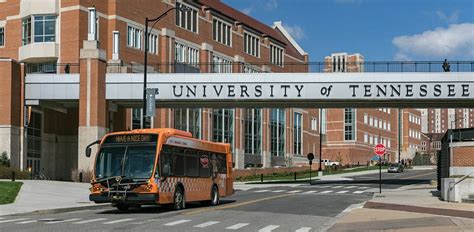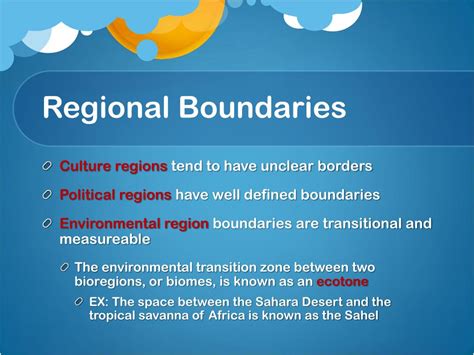Defining Internal Boundaries
Internal boundaries, also known as administrative or political boundaries, divide nations into smaller units such as states, provinces, or municipalities. These boundaries are crucial in shaping the political, economic, and social landscapes of countries.

Types of Internal Boundaries
Internal boundaries can be classified into two primary types:
- Contiguous Boundaries: These boundaries follow natural features such as rivers, mountains, or deserts, separating adjacent units.
- Non-Contiguous Boundaries: These boundaries divide units that are not directly connected, often due to historical factors or ethnic divisions.
Significance of Internal Boundaries
Internal boundaries have several key significance:
Political and Administrative Divisions
- Create units for governance and representation.
- Facilitate the administration of government services, such as education, healthcare, and taxation.
Economic Development
- Influence economic activities and trade flows within a country.
- Can create disparities in development levels between different units.
Identity and Culture
- Shape and reflect regional and local identities.
- Can perpetuate cultural differences and divisions.
- Serve as symbols of historical events and political struggles.
Conflict and Cooperation
- Can become sources of tension and conflict due to unequal resource distribution or cultural differences.
- Can also foster cooperation and collaboration between units.
Case Studies of Internal Boundaries
China’s Internal Boundaries
- China is divided into 34 provincial-level divisions, including 23 provinces, 4 municipalities, 5 autonomous regions, and 2 special administrative regions.
- These boundaries have historically been drawn based on ethnic, geographic, and political factors.
- The autonomous regions have significant autonomy in preserving their cultural heritage and languages.
India’s Internal Boundaries
- India is divided into 28 states and 8 union territories.
- The boundaries have been redrawn several times due to linguistic, religious, and economic factors.
- The merger of linguistic regions into linguistic states in the 1950s is a notable example of internal boundary changes motivated by identity and cultural preservation.
United States’ Internal Boundaries
- The United States is divided into 50 states, 1 federal district, 5 major territories, and several minor outlying islands.
- The boundaries have been shaped by historical events, westward expansion, and the incorporation of new territories.
- The division of states into counties, townships, and cities further defines the internal administrative landscape.
Strategies for Effective Boundary Management
Conflict Prevention and Resolution
- Promote dialogue and cooperation between units to address grievances and prevent conflicts.
- Establish mechanisms for equitable resource distribution and cultural preservation.
Economic Integration
- Encourage trade and investment across internal boundaries to foster economic growth and reduce disparities.
- Create regional development plans that consider the needs of all units.
Identity Preservation and Cultural Exchange
- Support initiatives that preserve and celebrate regional identities while promoting cultural exchange and understanding.
- Encourage educational programs that promote tolerance and respect for cultural diversity.
Tips and Tricks
- Consider the historical, cultural, and economic factors that have influenced the creation of internal boundaries.
- Analyze the impact of internal boundaries on political representation, economic activities, and social interactions.
- Examine case studies of successful and unsuccessful boundary management strategies.
- Utilize mapping and GIS technologies to visualize and analyze internal boundaries.
- Engage in discussions about the challenges and opportunities associated with internal boundaries.
FAQs
- What are the primary types of internal boundaries? Contiguous and non-contiguous.
- How do internal boundaries influence economic development? They can create economic disparities between different units.
- Can internal boundaries promote both identity preservation and cultural exchange? Yes, with careful planning and policies that encourage respect and cooperation.
- What factors determine the location of internal boundaries? Historical events, natural features, ethnic divisions, and economic considerations.
- What role does conflict resolution play in effective boundary management? It helps address grievances and prevent conflicts between units.
- How can mapping and GIS technologies support boundary management? They provide visual representations and data to analyze boundaries and assess their impact.
- What is the significance of internal boundaries in AP Human Geography? They are crucial for understanding political, economic, and social structures and relationships within countries.
- How can internal boundaries foster cooperation and collaboration? They can facilitate the pooling of resources and the coordination of efforts to address common challenges.
